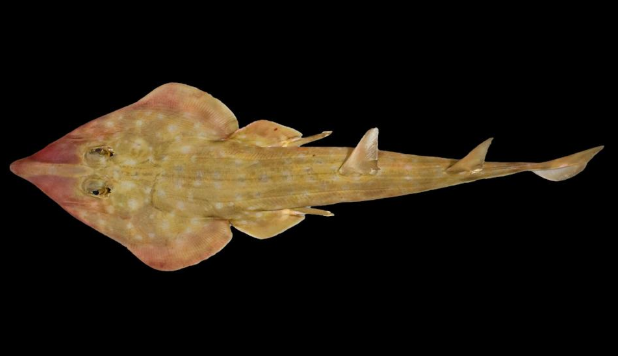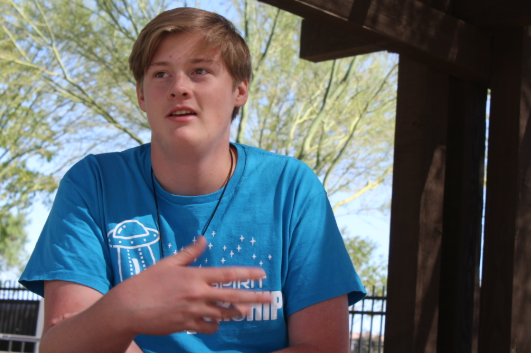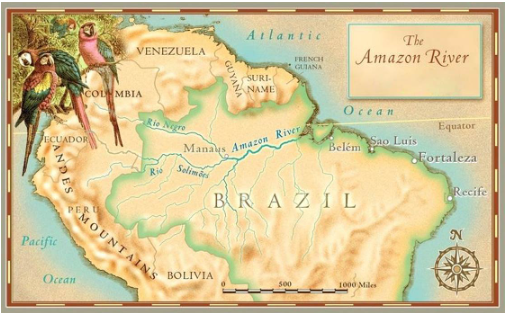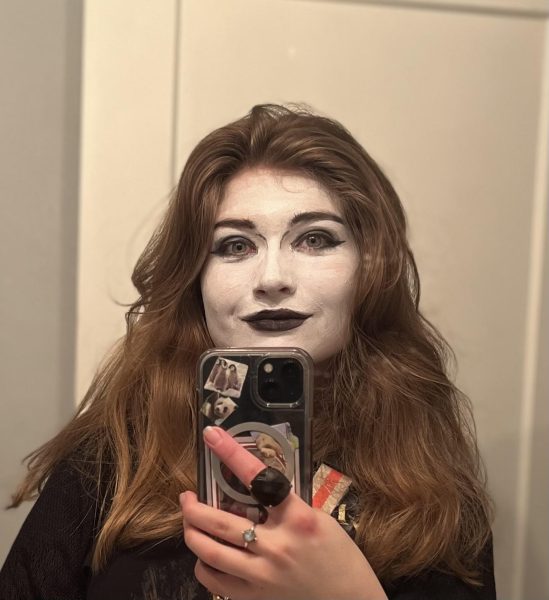Cultures and media associated with Christianity tend to be either Euro-centric or American. As these cultures are built upon the foundations of different forms of Christianity, their history is more deeply correlated with the faith. What probably wouldn’t come to mind is anime. Through striking aesthetics and blatant symbolism, Christianity has found itself represented within multiple anime.
WARNING: Upcoming are moderate spoilers for the Death Note manga (2003) and anime (2007), Angel’s Egg (1985), and Saint Young Men (2013).
One of the most popular anime series of the 2000s, Death Note sees reputable high school student Light Yagami discover a Death Note– a mysterious journal that can end any target’s life if the writer can identify their name and face. Out of boredom, Light decides to use the Death Note to serve his sense of justice to the world. Having an apparent God complex, proclaiming in the very first episode “I am justice! I protect the innocent and those who fear evil. I’m the one who’ll become the god of a new world.” Death Note explores different perspectives on what “justice” should be defined as; as well as how it should be enforced. Light’s conquest does not end well for him. In the anime, he dies a peaceful death that sees a subtle resolution to his story. However, in the manga, Light is shown having a complete psychasthenic episode before his death– denying that he’s dying every moment leading up to it. The manga illustrates his death as humiliating and his attempt at divinity to be useless.
Besides the story itself, numerous references to Catholicism and religious art can be found in Takeshi Obata’s work in the series. In his compilation Blanc et Noir; Obata’s consistent usage of distinct lines, symmetrical composition, a single focal man, and the more emphatic usage of halo-esque lighting all echo the stylings of religious works such as Raphael’s Sistine Madonna, Transfiguration, Ieremias Palladas’ Christ Pantocrator, and more. Furthermore, many of Obata’s works have featured iconography of the Virgin Mary, cherubs, and crucifixes to further Christian prevalence in both Death Note’s symbolism and aesthetics.

When approached with the subject, Art teacher Mrs. Herrera said “There are many forms of iconography and most cultures have visual norms that help people identify icons. It is outstanding to see that Asian cultures are using Western iconography in fine art and storytelling. Personally, I started seeing this trend with animes such as Sailor Moon and Vampire Hunter D, taking inspiration from American animation coming out of Disney Studios. Death Note takes this past inspiration and uses Western Religious iconography to move their narrative forward and to explore dark themes.”
Before his directorial career came to fruition, Mamoru Oshii intended to become a priest in tandem with his Christian upbringing. However, when he began a career in film, Oshii was struggling with his faith. In his film, Angel’s Egg, this struggle was reflected. The 1985 movie sees two unnamed characters, a toddler-age girl and a young boy– the former finds an egg and, in her blind faith, thinks it belongs to the dove from the tale of Noah’s ark. The boy re-tells her the story she’s referring to, but changes the narrative so that Noah and his family never found land; they forgot who they were and why they were on the ark to begin with. The girl refuses to believe him, leading him to the site where she discovered the egg, where the dove’s corpse lies. When she brings him there, he discovers that it’s not a bird’s corpse, but an angel’s colossal skeleton. Later in the movie, the girl leaves the egg unguarded and the boy sieges his opportunity to shatter it. The girl is devastated and she becomes the same jaded, leery nomad that the boy is. Before the film ends, the final shot pans out to reveal that the land they were on was an upside-down ark, sinking further into the ocean as no one remembers why they’re even there.

The slice-of-life genre saw a sales boom in 2009 with the serialization of Saint Young Men created by Hikaru Nakamura. A manga genre that typically doesn’t involve religious elements, this manga series features Jesus Christ and Gautama Buddha as young men in Japan, roommates, and most importantly, best friends. With TVTropes referring to it as an “Affectionate Parody”, the manga doesn’t attempt to satirize or comment on either culture or religion but shows how they work together and enjoy their time in Japan among the common people.

Though many cultures have varying interpretations of religion (and Christianity in particular), Japan has seen a multitude of manga, anime, and more that range from a dreary arthouse film on abandoning your faith to a light-hearted serial manga about Jesus and Buddha vacationing.
Works Cited
Death Note summary and quotes: wikipedia.org access date: 2/24, update: 2/24; mashbark.org access date: 2/24, update: 1/24; deathnote.fandom.com access date: 2/24, update: 2/24; imdb.com access date: 2/24, update: 1/24
Religious iconography definition: gorettifineart.com access date: 2/24, update: 1/24
Angel’s Egg background and summary: senseofcinema.com access date: 2/24, update: 7/04; wikipedia.org access date: 2/24, update: 2/24
Saint Young Men summary: wikipedia.org access date: 2/24, update: 2/24; saintyoungmen.fandom.com access date: 2/24, update: 1/24; tvtropes.org access date: 2/24, update: 2/24






































